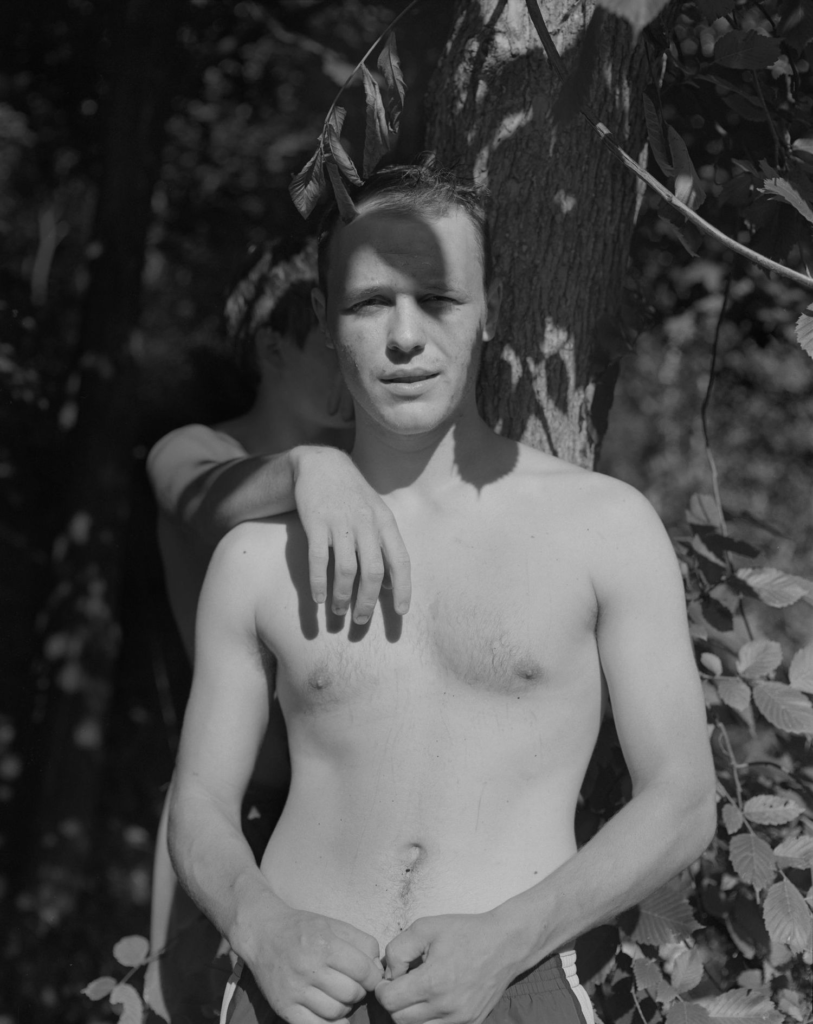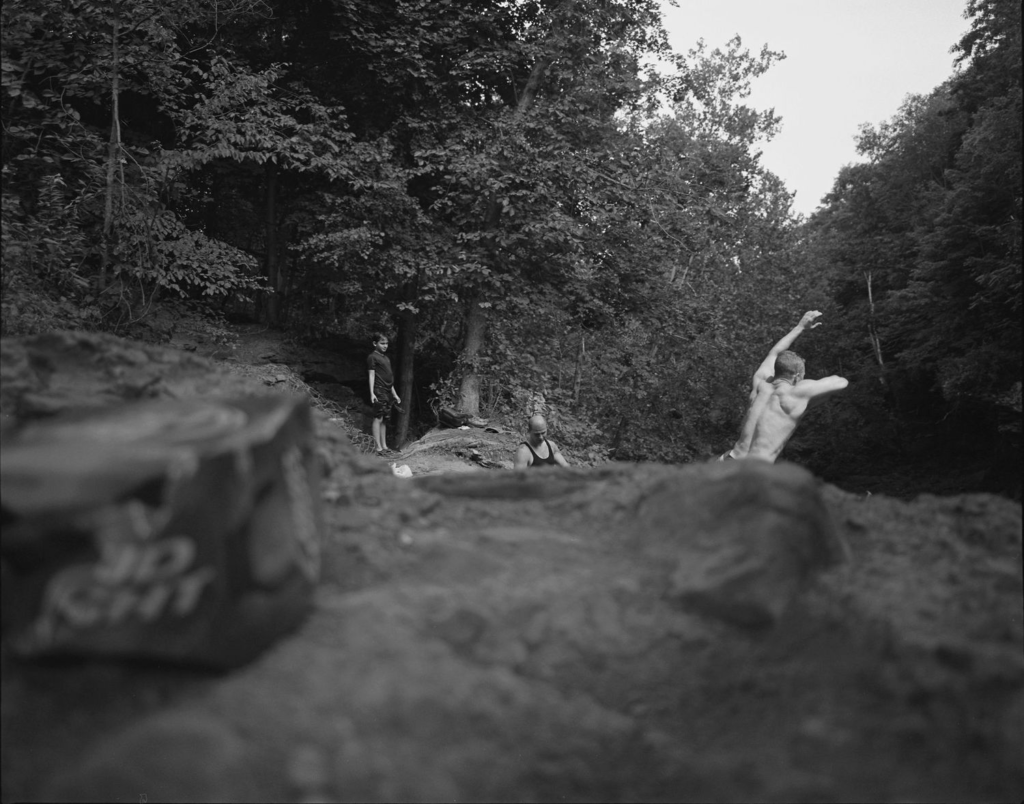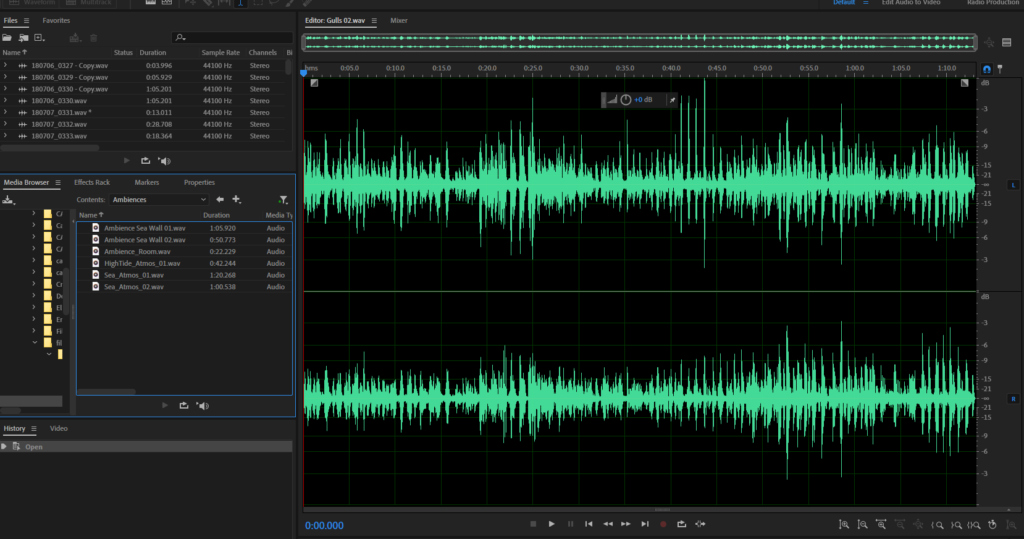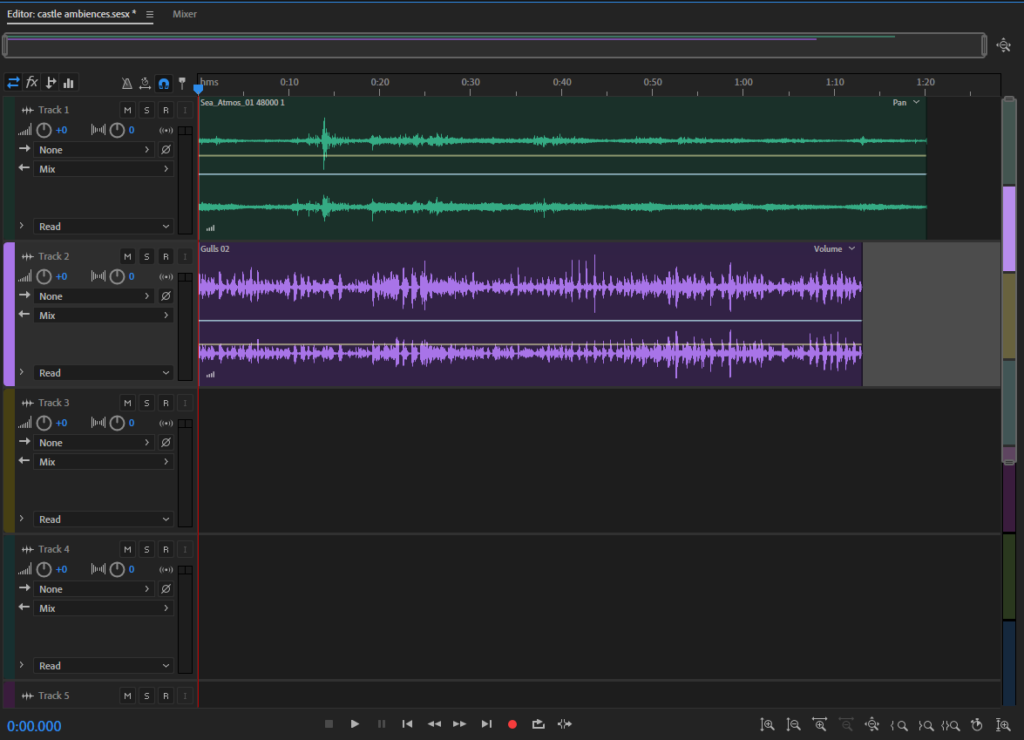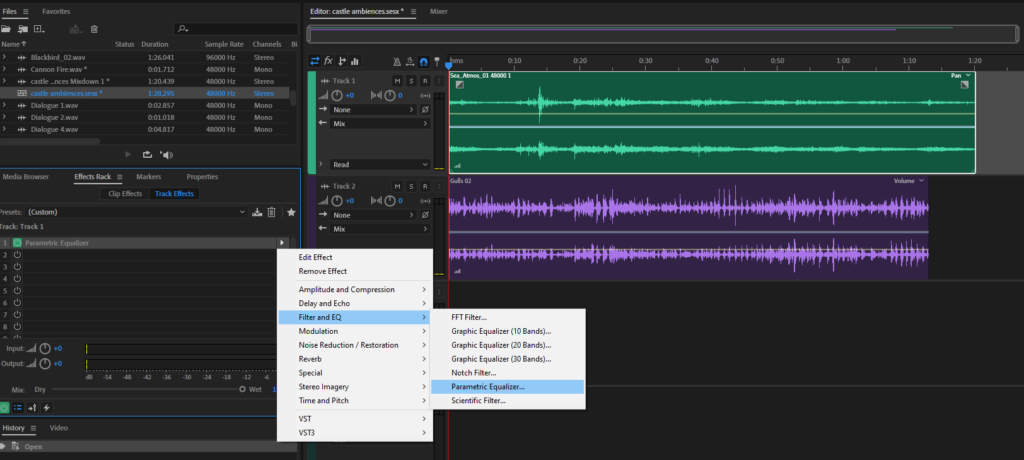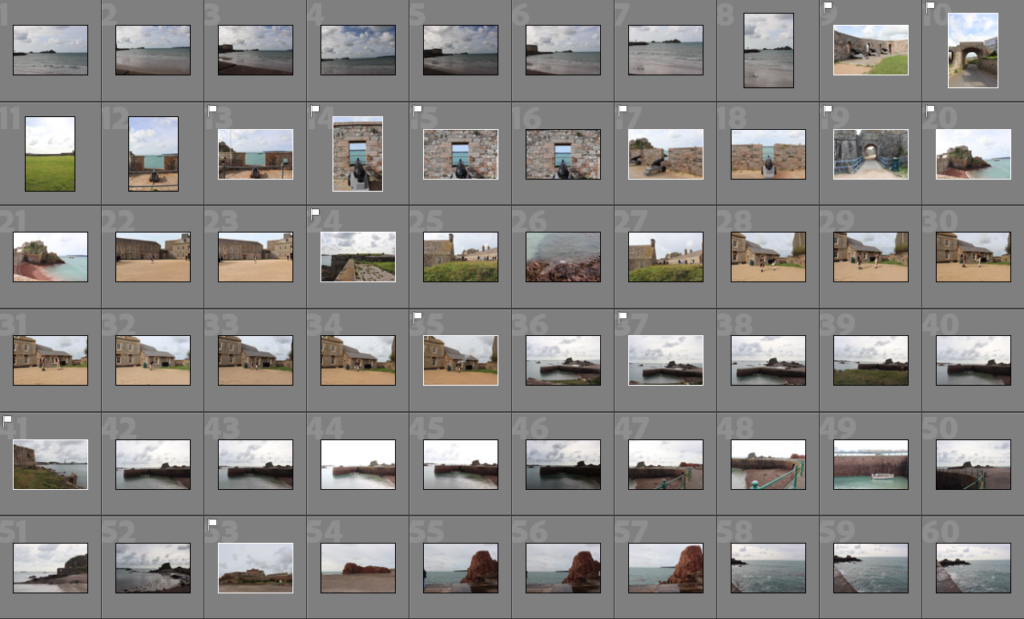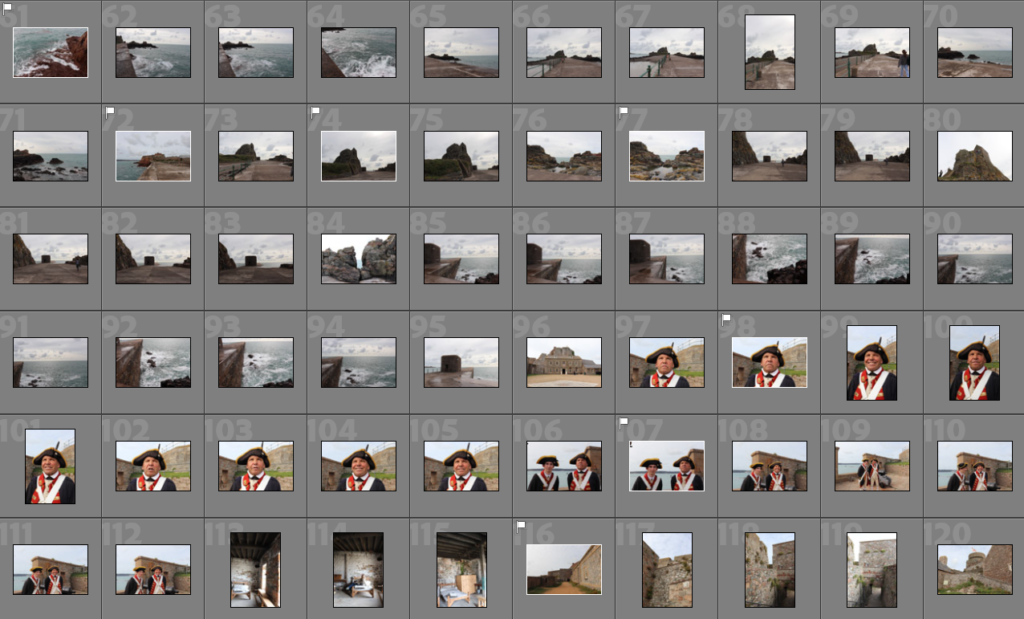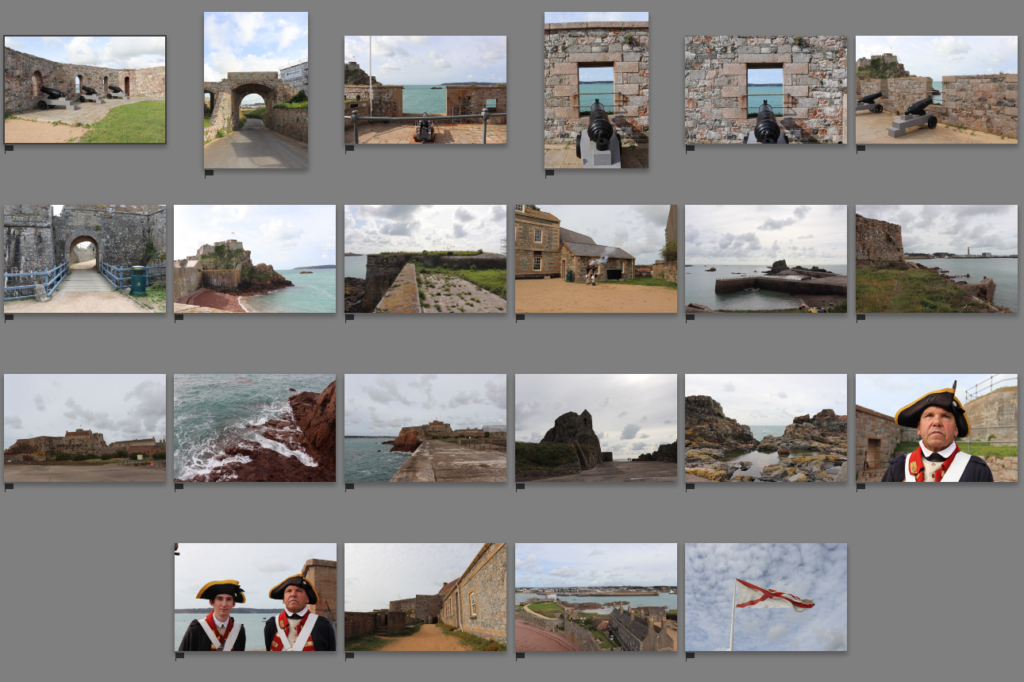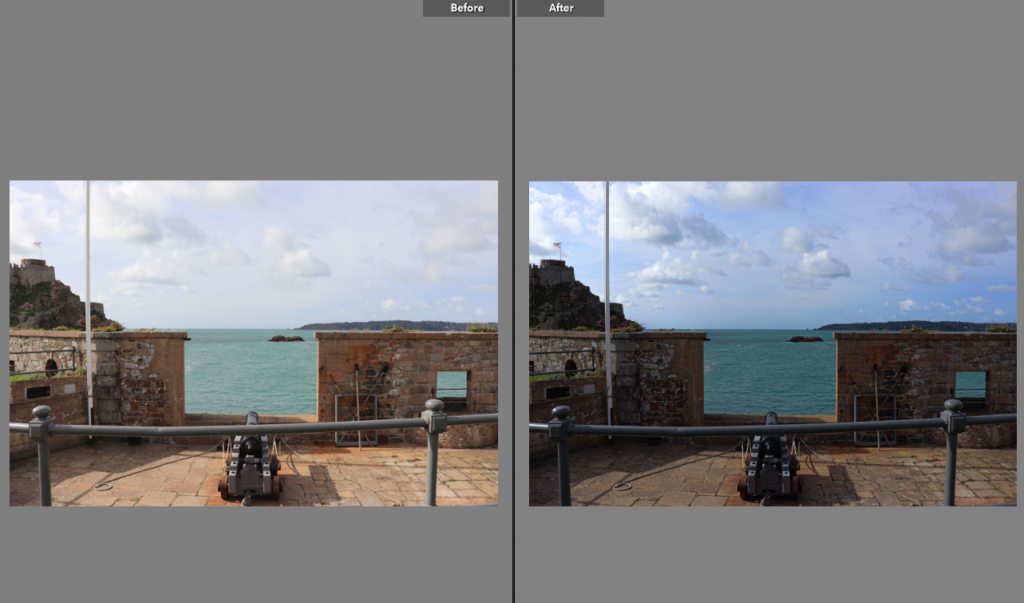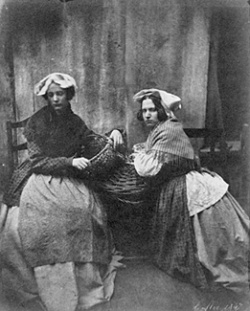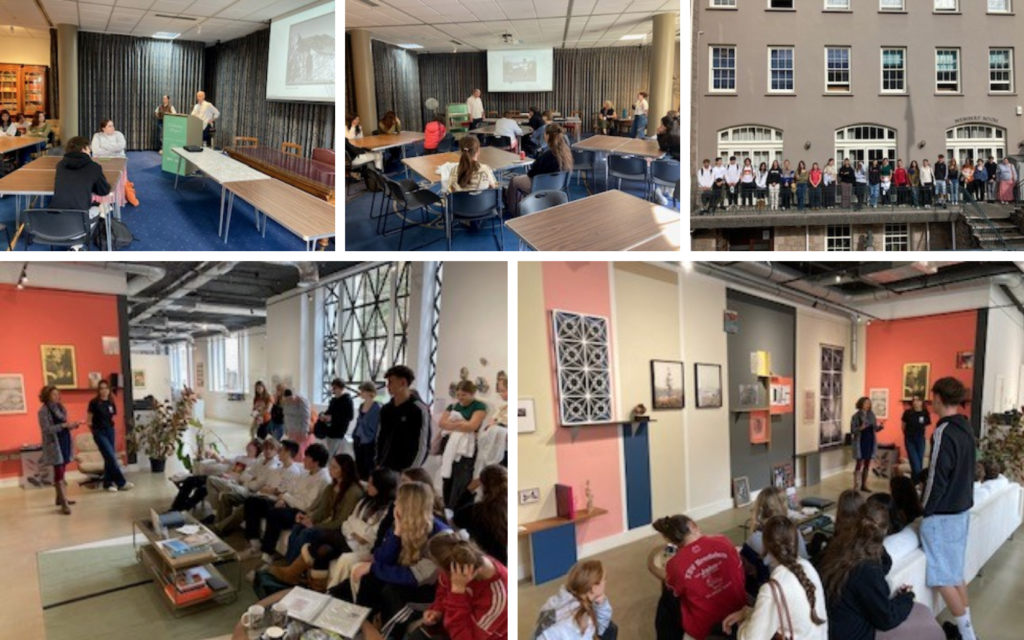Theo Gosselin
Theo Gosselin is a French photographer who was born in Normandy France, who only uses a 35mm and 55mm film camera. He likes to focus his photographs on freedom within his friends and family and does not like to stage any photos he likes to capture them in the moment and when they happen. “My friends and our lives became my principal subject, not as a photographer, but as a teenager who wants to capture memories just like everyone else.”
Gosselin grew up in a household surrounded by cameras as his parents were always taking photographs he first picked up a camera around the age of 14 where he didn’t fully understand the concept of taking a great photo but by him experimenting opened himself this incredible door to improve and explore his skills to improve his work and get him to the point he is now at creating and capturing these incredible inspiring and eye-catching images which hook the audience in.
Theo spent lots of time traveling mainly in America where he published his first book called Avec le Coeur, meaning “with the heart.” which consists of photos of “everything he loves”, this is inspiring as many photographers fall into loopholes of taking and creating photos which other people will enjoy to see but not what they enjoy taking and what interests them. With Gosselins photos he waited till he got back home to develop them which built up the anticipation and excitement to see what his film reveals.



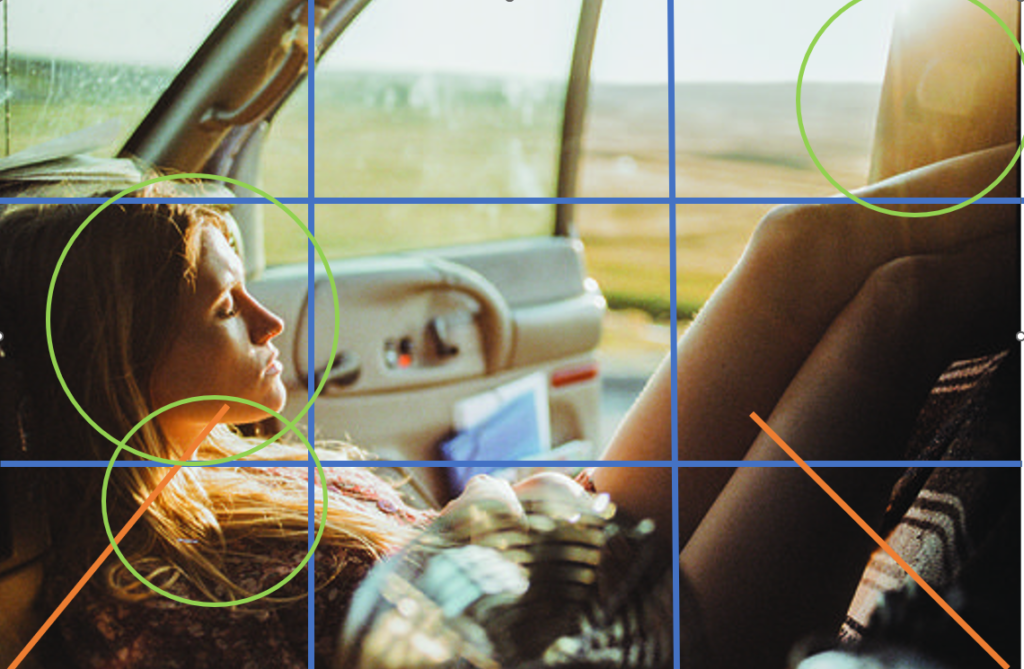
This image the rule of thirds as the main focal point is not in the centre third this creates a dynamic view on the landscape and the main subject being the female on the lower part of the image, leaving space for us to be able to see the landscape without distracting the audience from the main part of the image being the female she can be seen almost like a frame to the landscape as she almost colds around the frame of the image. The lighting makes this image in my opinion due to the way it highlights her hair and sculpts her facial features and highlights them. The depth of colour goes from dark to light creating a tunnel like affect.



Raymond Meeks is a photographer who is much more well known than Gosselin, his book Halflife reminds me of Gosselin’s work as they both photograph people around the water focusing on the youth of where they are, his work on the book was based around a lake near New York where is was a predominantly white lower class teenage boys, who wasted to show their dominance by jumping off 60ft cliffs whilst doing trick which allowed Raymond to get incredible unique shots, like Gosselin he also uses film to capture these incredible moments allowing a one shot wonder photographs, however Meeks work is taken in black and white film i think this really adds definition to his photographs as it shows the highlights, shadows and texture in his work. Raymond Meeks spent 3 years photographing at this lake as he found when he sat down in winter to edit them he would go from 80 strong photos down to 12 and found himself kept going back to get more to finish his book, where he let his son develop the layout of it as he created links between each images when laying them out. Meeks did not just observe the children at the lake but the energy which the lake held its self and how it became full of joy and excitement as soon as summer came around filling up with sunshine and warm air and how it bought people together from the same background and other backgrounds.

I like how both photographers capture a moment so simplistically and make it look so elegant, the images are freeing as they capture what youthful people should be doing living there life in an environment where they enjoy and are careless around.
